Bosch 36 Inch 800 36″ Counter Depth French Door Refrigerator B36CT80SNS
This Smooth French Door Refrigerator is presented by Bosch. This Counter Depth design offers an integrated look at half the cost, and it’s simpler to install. This Freestanding Refrigerator sits flush with the countertop, for a truly built-in look and feel. This unit is suitable for those who want a clean line in their kitchen.
This Smooth French Door Refrigerator is presented by Bosch. This Counter Depth design offers an integrated look at half the cost, and it’s simpler to install. This Freestanding Refrigerator sits flush with the countertop, for a truly built-in look and feel. This unit is suitable for those who want a clean line in their kitchen. The 36 inch French Door Counter-Depth has a Refrigerator Gross Capacity of 15 cu. Ft.; Freezer Gross Capacity of 6 cu. Ft. and 21 cu. Ft. Total Capacity. An Ice Maker to ensure you always have ice on hand. The Dual AirCool system offers distinct and even temperatures in both the refrigerator compartment and the freezer, while minimizing odor and taste transfer. The LED lighting makes all food easy to find with its bright illumination. The innovative VitaFresh crisper cooling technology will keep your fruits and vegetables fresh up to 3 times longer. The MultiAirFlow™ minimized the fluctuation and cooling times reduced which helps your foods retain their flavor for longer. The smart fridge will always assist you to maintain the refrigerator well stocked with fresh food. Defrost your freezer remotely with Wi-Fi connect, the Home Connect App, or Amazon Alexa. This smart refrigerator is a fine addition for any smart home.
This refrigerator uses 570 kWh/yr. and has an estimated yearly operating cost of $69.
Your operating costs will depend on your utility rates and use. The estimated operating cost is based on a 2015 national average cost of $0.121 cents per kWh.
- Brightens up the interior of your refrigerator so you’re able to quickly spot what you want
- An ice maker in the freezer keeps plenty of ice on hand
- Thoughtfully tucked away is the internal water dispenser for refreshing, pure water at the touch of a button, or push of a nozzle, without disrupting the exterior design.
- Automatically balance BOTH temperature and humidity
- Precise cooling and humidity control, while reducing odor transfer
- Efficient power use enables the environment and reduces utility expenses
- Allows gentle, even cold air currents to arise at all stages of the chilling and freezing region. Temperature fluctuations are minimized and cooling times decreased which helps your products maintain their aroma for longer
- 21 cu. Ft. Total Capacity with flexible storage features like FlexBar™
- Interior shelves are designed with high-quality glass and stainless steel
- Remotely control and monitor your appliance to efficiently manage your day
- Your kitchen looking beautiful with an easy to clean stainless steel exterior
- Absorbs naturally occurring ethylene to slow ripening
- Allows you to wirelessly control the settings from your smartphone
- Integrate your refrigerator with Amazon’s Alexa
- Touch Control Panel
- UltraClarityPro™ Water Filter
- AirFresh® Filter
Additional information
| Height | 72" |
|---|---|
| Width | 35 5/8" |
| Depth | 28 1/2" |


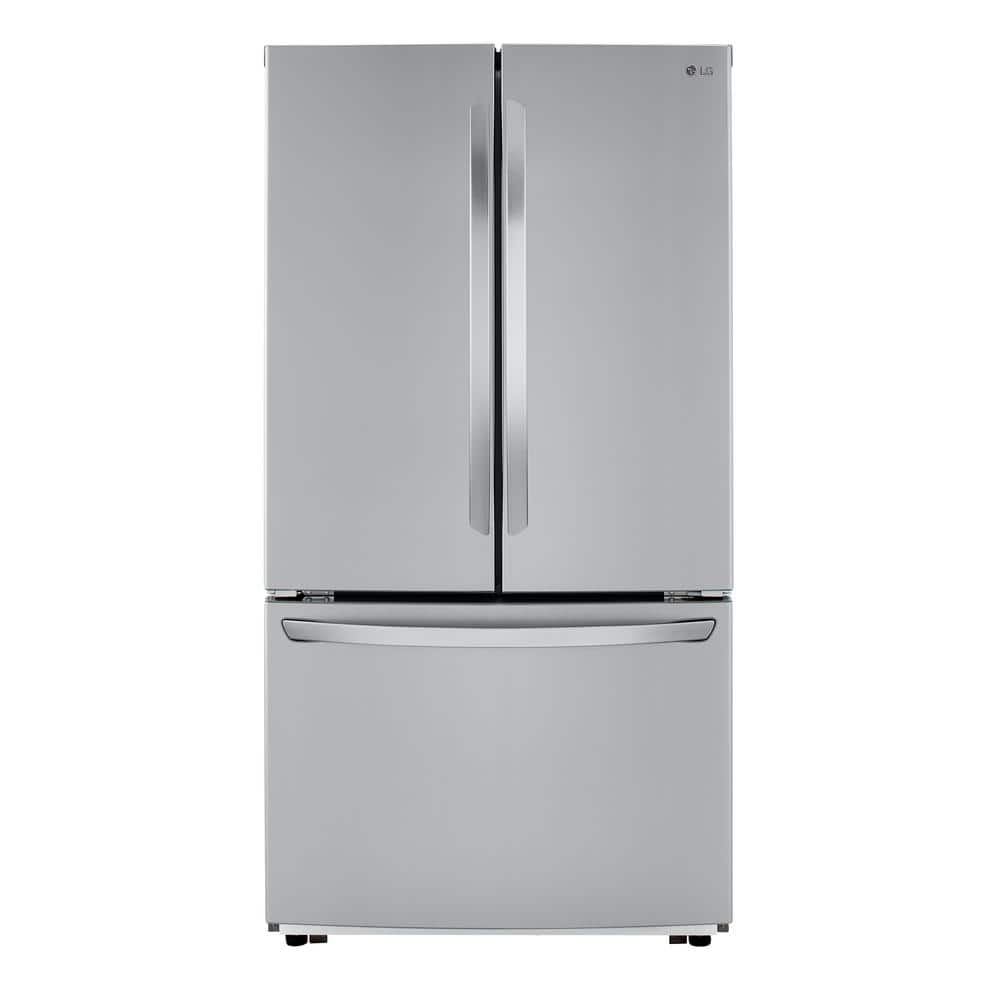
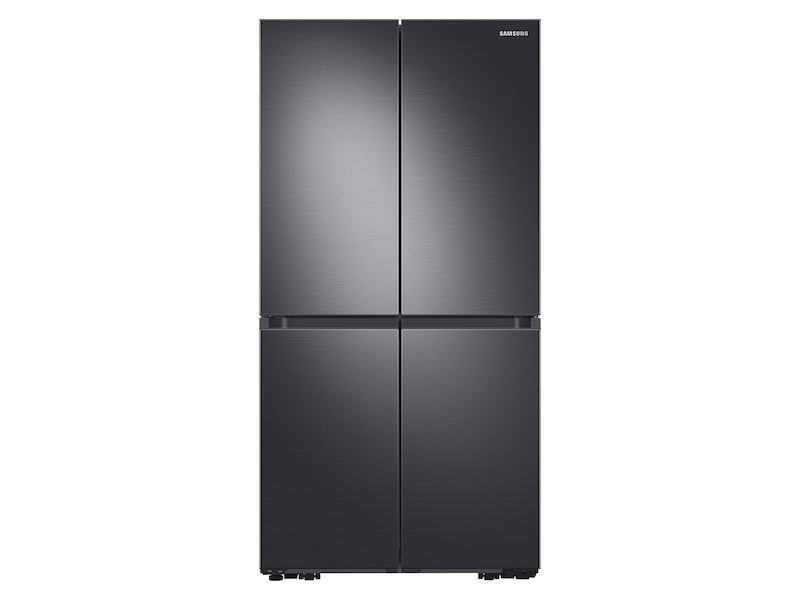
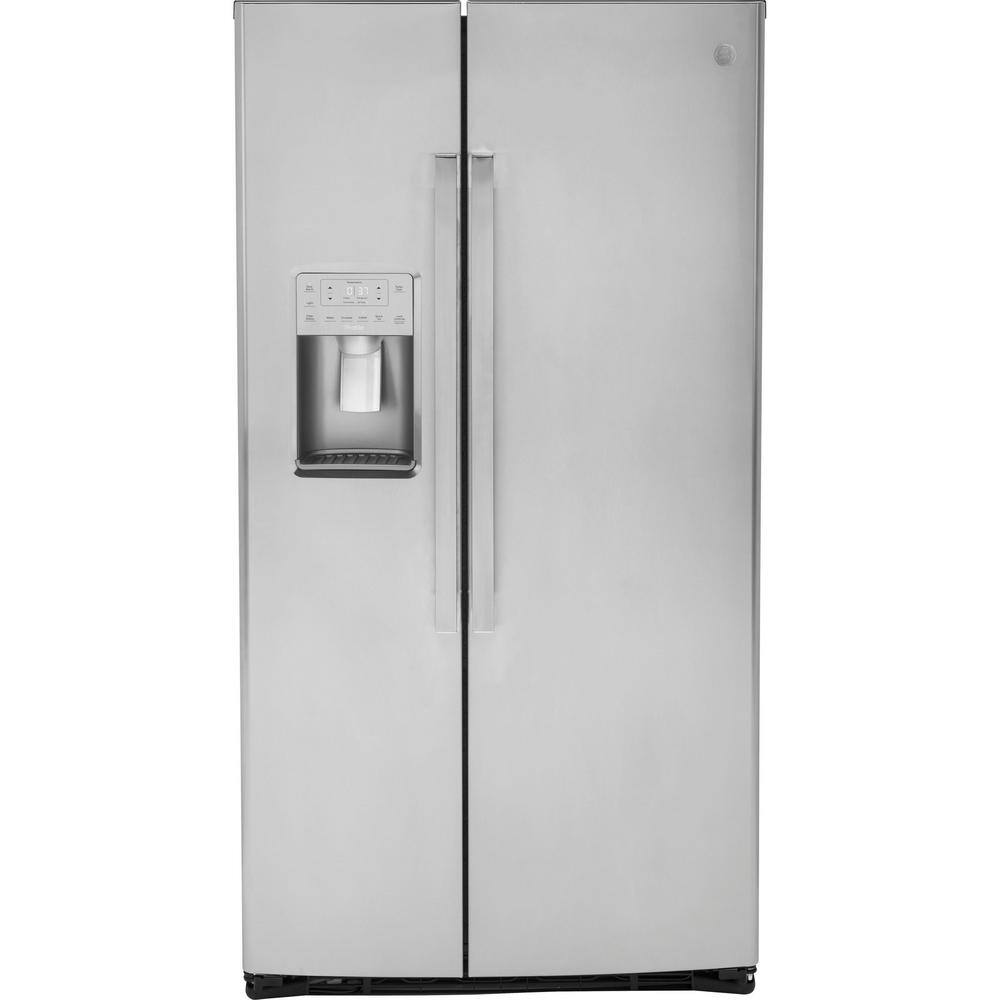
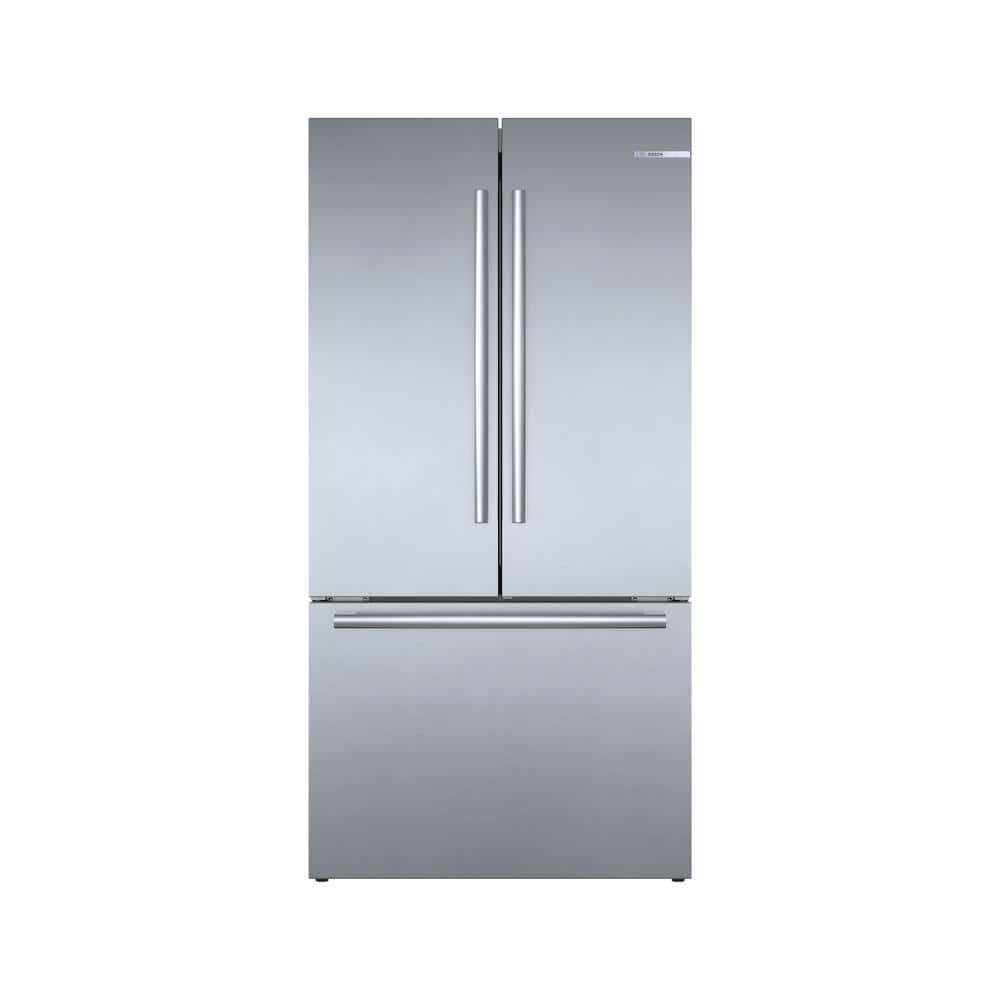
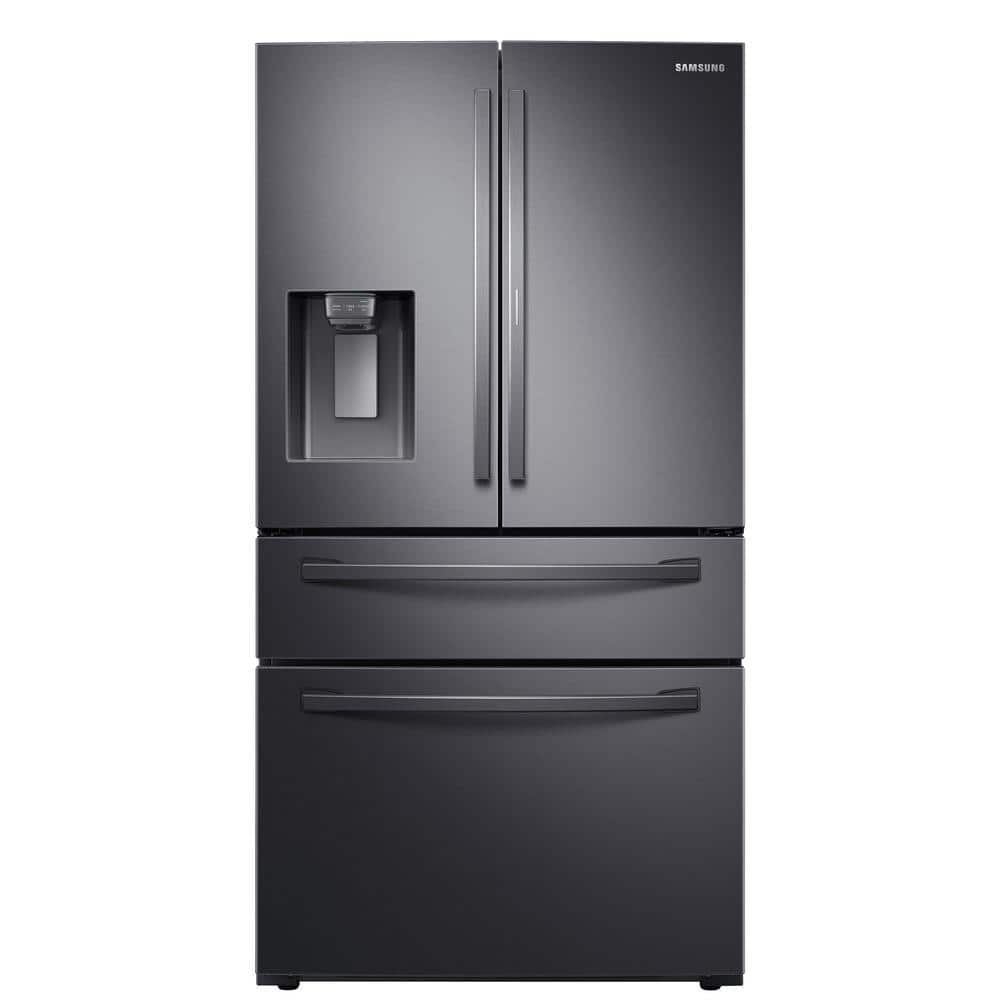
by Mike
“[This review was collected as part of a promotion.] A beautiful looking fridge that is very functional. I love that it has a separate compressor for the fridge vs the freezer.”
by Dave
Great counter depth fridge. Water is on the inside which leaves a nice clean look on the front. The ice is in a pull out tray in the freezer.”
by Loree
Love the design and all the “bells and wistles” HOWEVER, no one told us it was 2 inches taller than our previous Bosch, after waiting 5 months…requiring construction to fit….VERY ANNOYING”
by Leight
This Bosch was not my initial choice of counter depth refrigerators…but I’m glad my first choice was taking forever to come in! I love the clean lines and I don’t feel like any space was lost in going to counter depth. I actually like the Wi-Fi capability though I didn’t think I’d use it. The smaller ice cubes are great!